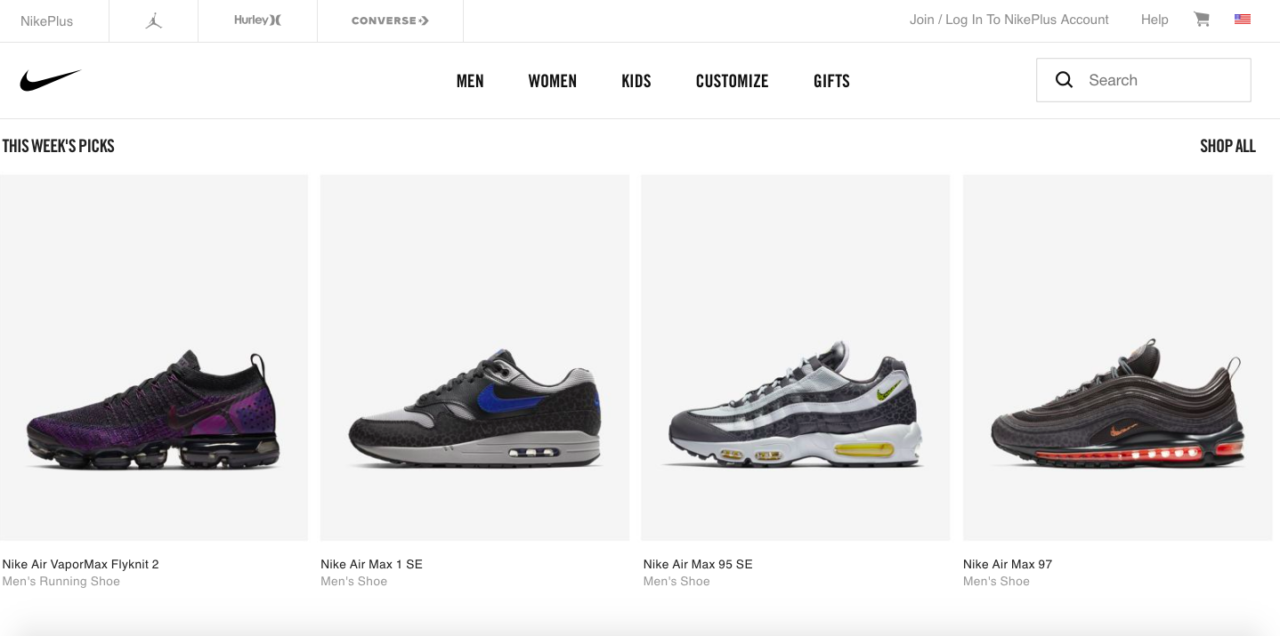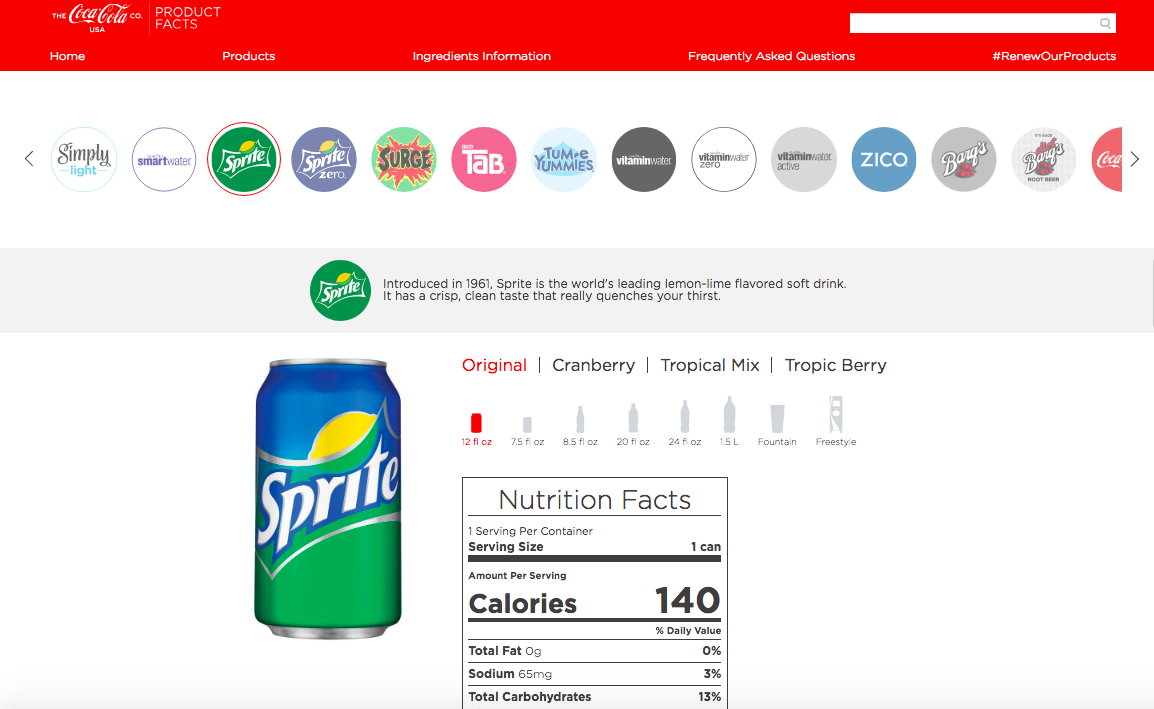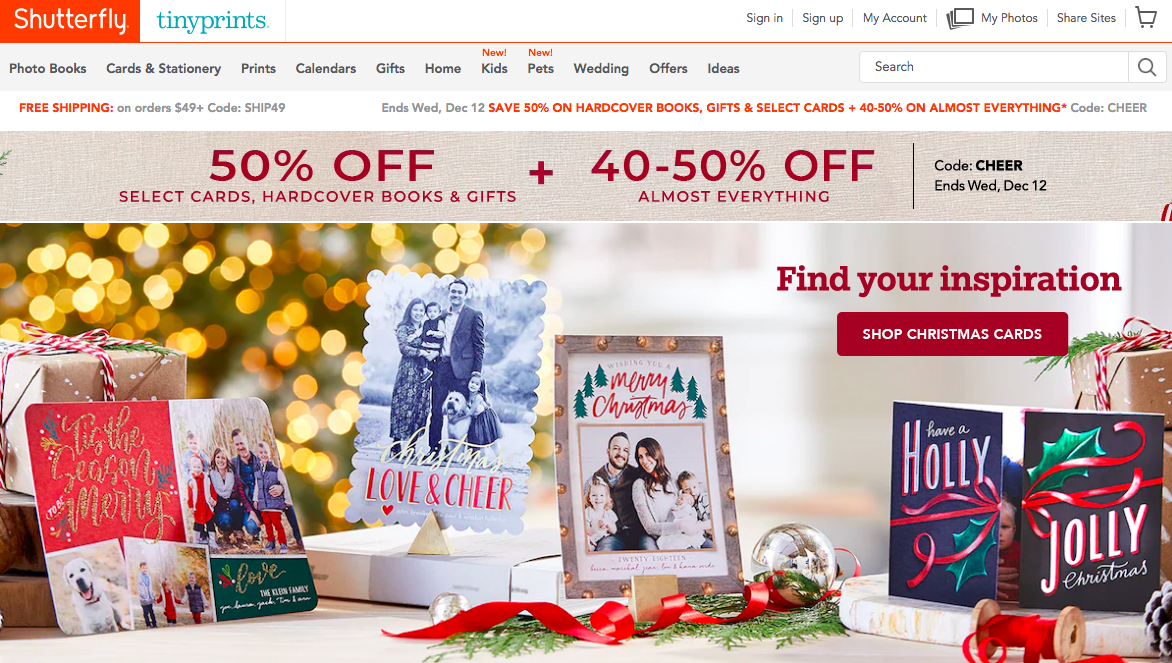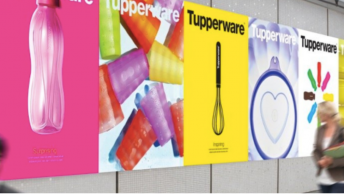There are a lot of factors that go into branding, digital-identity building, and whether your brands should come together or not. Read on to learn more about whether your secondary brand needs its own website or not.
Consider Time and Resources
If you have two separate websites, that means that you have to have the time and money to maintain two separate websites. When creating and maintaining a website, you need to consider costs such as:
- Design
- Development
- Hosting Charges
- Security Software
- Optimization Fees
- Content Creation
- Marketing Plan
If you have multiple websites, you will have to consider these things for all of them. Depending on how different your digital brands are, they may even need entirely different plans.
Also, regular blogging is a great way to bolster your website and brand presence. Blogging for business is on the rise, with 53% of marketers making it their top content priority, according to data from HubSpot.
However, especially if you are a small business, regular content marketing for more than one site, or multiple

For larger organizations with the resources to handle it, having multiple websites is easier. However, for small businesses, it may benefit you to invest all of your resources into one powerhouse site.
SEE ALSO: How the Rise of Direct-to-Consumer Brands Has Changed Content Marketing
The Risk of Duplicate Content
When considering a secondary website, keep how much of a duplicate content risk it might be in mind. You do not want your secondary and primary brand to have the same or similar content.
This is because if your brands are too similar, it could potentially hurt both brands’ chances of ranking well in search engines. Data from Internet Live Stats shows that billions of Google searches are made a day. You don’t want to accidentally put your brand out of the competition by lowering your rankings.
Two similar brands can also potentially confuse customers. If customers can’t figure out how to tell them apart, they might not be sure of which one to go to in order to meet which need or find which content.
How To Market Your Secondary Brand On Your Site
That being said, it is not impossible to use your separate brands wisely to market each other. Nike is one brand that does this flawlessly.
Nike displays their other brands in the top navigation of their site. This makes toggling between Nike and their other brands, such as Air Jordan and Converse, seamless.

With Nike, everything is housed in one site. However, it is presented in a way that is clear and simple to navigate. Also, it makes sense to house different shoe and apparel brands on a single site.
When Creating A Secondary Brand Is Necessary
There are certain instances in which you should definitely create a second secondary brand.
You Need Geo-specificity
If you offer a service that is focused in different service areas or locations, you may want to launch a secondary digital brand for geo-specificity reasons.
For example, say you offer services specifically in two different cities, such as New York City and Seattle. Having two separate sites would allow you to focus on targeting customers in those specific locations.
Failing to take geo-specificity into account can create problems for several reasons. For one thing, you will waste resources targeting people who, due to location, cannot make use of your services at all.
Targeting customers who cannot physically come to your business will give your poor sales leads. It will also create a poor customer experience. If you get people excited about your business, only for them to later realize they cannot access it, it’s a huge let down.
Your Secondary Brand Is Unique To Your Primary Brand
If your secondary brand is completely different from your primary brand, creating one site for them would likely not make sense. Having two entirely different digital brands inhabit one site might potentially confuse and alienate customers.
If your secondary brand has a different tone, presence, target audience, product, or service from your primary brand, definitely give it it’s own space and website to shine.
A dedicated site has a few advantages. It allows you the ability to make specific and targeted content that will interest the audience you want to reel in. You will be able to keep things clear and bring in the right kind of audience.
Also, if you have acquired a brand that already has it’s own reputation, following, and website, it would not make sense to shut that down. Instead, build off of existing momentum by keeping the site distinct from your own.
SEE ALSO: 6 Branding Tools to Effectively Establish Your Digital Brand
You Have The Time And Resources
Do not spread yourself too thin. If you have the time and resources to create a stellar secondary site, go for it! However, remember that one well-maintained site will do better for your brand or brands than multiple sites that lack attention and focus.
Even if you aren’t looking to master Jakob Nielsen’s 113-point web usability checklist, your sites will need to be constructed in a way that engages people and makes it easy for them to find what they need.
Brands That Have Made The Best Of The Multiple Site Approach
It is very possible to have multiple sites that function totally separately. They can also inform each other. It all depends on your brands, products, services, and goals. Here are some brands that have multiple sites and have done this very well.
SEE ALSO: Best and Worst Brand Moves of 2018
Coca-Cola
While Coca-Cola is known around the world for its beverages, it operates other beverage brands outside of Coca-Cola. These include:
- Sprite
- Fanta
- Dasani
- Smartwater
On each of the sites of separate drink brands, Coca-Cola includes a link to the product information.

When you click it, it links you back to the main Coca-Cola site.

Shutterfly
Shutterfly acquired the online stationary company, Tiny Prints and decided to keep Tiny Prints’ site separate from their own. This was because Tiny Prints had already established a strong customer base. Shutterfly didn’t want to potentially disrupt that.
What they did instead, was to include a toggle effect at the top of each page of their site. This allows people to toggle easily between both of the brands.


Which Should You Choose For Your Digital Brand?
Ultimately, it depends on the time and resources you have, the type and location of your brand or business, the markets you want to target, and your overall goals.
Your website needs to be the ultimate hub for your brand. It needs to be user-friendly, responsive across platforms, well-organized, speak to your customer, and be a reflection of your products and services.
If your secondary brand is wildly different from your already existing brand, a secondary website is likely best. If your content and offerings are similar, than the two might be able to play well together.
Either way, be sure that whatever you choose, it is realistic for your time and resources and will best serve your digital brand or brands.
What kinds of brands do you think could most harmoniously share a website? Comment below…











